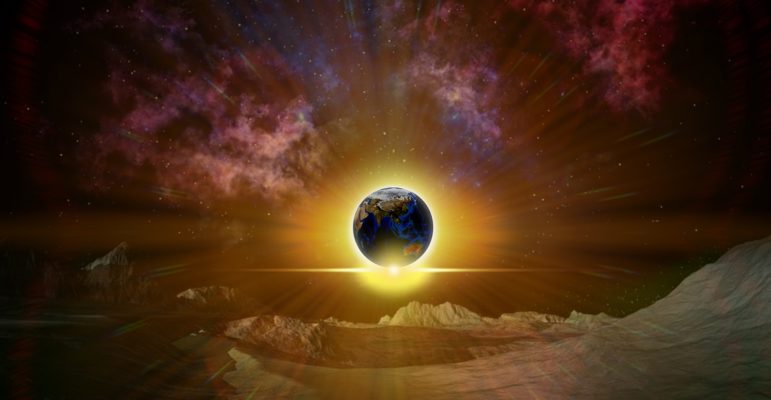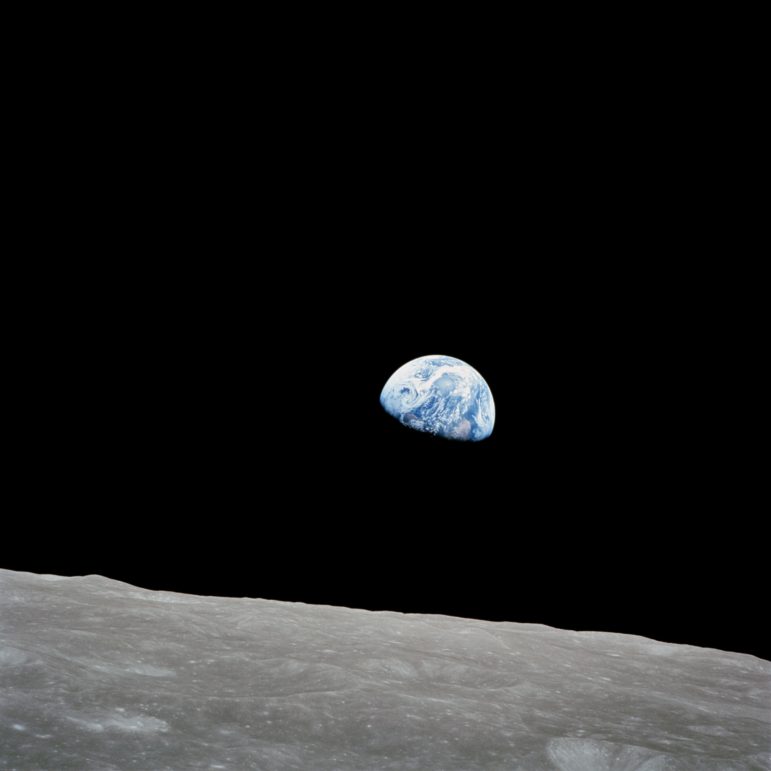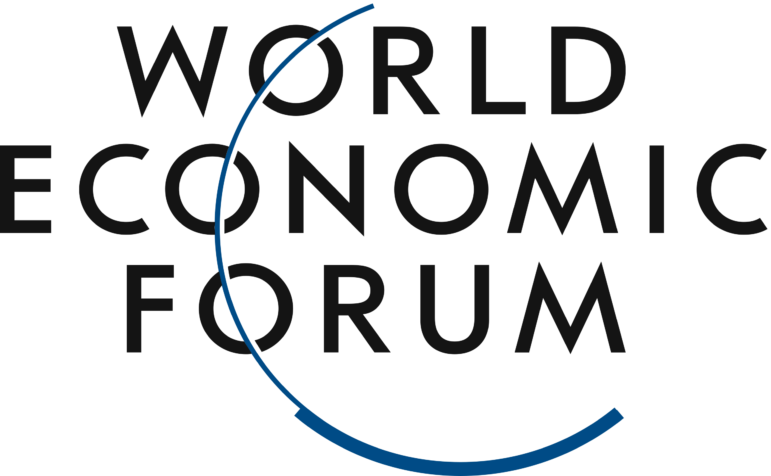Sean McShee and Manny Moreno both contributed to this article.
TWH – In many Pagan traditions, the Winter Solstice marks the rebirth of the sun leading to Imbolc as new and growing light. It is a time of reflection and leading in some traditions to Imbolc with rededications. It is a quiet time that provides an opportunity to re-examine issues in light of new evidence.
On December 18, NASA announced that it was canceling its GeoCarb mission. That satellite was to monitor methane, carbon dioxide, and carbon monoxide. Those tests were to occur 4 million times per day. Originally, estimated to cost $170.9 million, estimates have now climbed to $600 million. Thomas Zurbuchen, a NASA associate administrator, blamed the lack of funds. He reaffirmed NASA’s commitment to monitoring the climate in “a more efficient and cost-effective way.” NASA has other satellites monitoring greenhouse gases.
With that, one piece of monitoring goes away, at least for the moment. At the same time, Europe is experiencing a warmer-than-expected winter that has already changed some of the politics around Russia’s war on Ukraine. In short, President Vladimir Putin has so far been denied what he had hoped would be a way to crack support for Ukraine: a cold Europe. It is one of the pieces of how climate may be shaping politics.
The New York Times explored recently the new climate reality coming into view. The comprehensive article discusses three new realities about climate change, and how three factors are likely to define a new era in the politics surrounding climate.

Image credit: Pixabay
First, the cost of renewable energy has dropped drastically. Second, scientists have a much better grasp of probable temperature rise by 2099. The highest rises in average global temperatures will be between two and three degrees Celsius. A few years ago, scientists expected a larger increase. With political will and good luck, it could be somewhat lower. Without that political will and with bad luck, it could be higher. Third, the average global temperature has already risen 1.2o C above pre-Industrial levels. While not quite apocalyptic, the results already being seen are fairly dreadful.
Climate journalist David Wallace-Wells described the present moment as the narrowing of the window of possible future climates. He wrote, “As a result, we are getting a clearer sense of what’s to come: a new world, full of disruption, but also billions of people, well past climate normal, and yet mercifully short of true climate apocalypse.”
Wallace-Wells spoke with Kate Marvel of NASA. She authored a chapter in the fifth National Climate Assessment. Marvel said, “The likeliest futures still lie beyond thresholds long thought disastrous, marking a failure of global efforts to limit warming to ‘safe’ levels. Through decades of only minimal action, we have squandered that opportunity.”
She continued, “even relatively moderate levels of warming,” appear to be harsher and harder to navigate. Marvel said this change from apocalyptic to moderate, but highly disruptive warming, returns climate change “to the plane of history: contested, combative, combining suffering and flourishing — though not in equal measure for every group.”
“A politics of decarbonization is evolving into a politics beyond decarbonization, incorporating matters of adaptation and finance and justice (among other issues),” Wallace-Wells argued. “It depends on a new and more expansive climate politics.”
Why expectations for average global temperature rise have decreased
Of all the fossil fuels, coal is particularly “dirty.” The use of coal has powered China’s economic boom. The West used coal to industrialize. It looked like coal would power the industrialization of the developing world.
However, some things have changed. Since 2010, solar power and lithium-battery technology have become much cheaper, dropping by 85%. The costs of wind power declined by 55%. These decreases in cost are making renewable energy competitive with fossil fuels. Wallace-Wells cited Carbon Tracker, which estimated that 90% of the global population lives in areas “where new renewable power would be cheaper than new dirty power.” The developing world could industrialize using renewable energy rather than coal.

Image credit: ParallelVision from Pixabay
In 2022, people invested more money in renewables than in fossil fuels.
Wallace-Wells reported that “Globally, there are enough solar-panel factories being built to produce the necessary energy to limit warming to below two degrees.” He continued, “In the United States, planned solar farms now exceed today’s total worldwide operating capacity.”
The magnitude of the extremes
People have underestimated the negative impact of moderate climate change. Wallace-Wells quotes Canadian atmospheric scientist Katherine Hayhoe, who authored several chapters in the National Climate Assessments. Hayhoe said, “Even if temperature rise is limited to two degrees,” she says, “the extremes might be what you would have projected for four to five.”
In 2006, Nick Stern led a review of climate risk. He now thinks that the collapse of the human species seems unlikely. He said, “You probably will see a lot of death, a lot of movement of people, a lot of conflict over space and water.”
Damages at a temperature rise of 1.2o C
This year the global average temperature increased by 1.2o C higher than what it was before the Industrial Revolution. In 2022, flood waters covered about a third of Pakistan for weeks, displacing tens of millions of people, and destroying Pakistan’s cotton and rice crops. Those floods cost Pakistan lost 11% of its 2021 GDP.
These conditions are likely to produce conflicts, migration, and outbreaks of infectious diseases. Pakistan has only generated about the same amount of carbon emissions in its entire history, as the US does in a single year.
In 2022, a heat wave struck Delhi, India. For 78 days, temperatures exceeded 100o F. Scientists estimate that climate change made this 30 times more likely. In the Northern Hemisphere, the Colorado, the Danube, and the Yangtze Rivers dried up. In Phoenix, Arizona 100s died of the heat, In England, Portugal, and Spain, more than 1000s died. In the Caribbean and the Pacific, tropical storms have intensified into major cyclones within 36 hours.
Wallace-Wells wrote, “The climate future looks darker than today, but brighter than many expected not that long ago. The world is moving faster to decarbonize than it once seemed responsible to imagine, and yet not nearly fast enough to avert real turbulence.”
If a rise of 1.2o C looks like this, a 2o C increase will be much worse.
The increased importance of climate justice in efforts to control climate change
Island nations facing obliteration from rising sea levels have begun to label climate change as genocide.
The nations of the Global South have begun to talk about securing climate finance. Those countries want to develop local resilience. Wallace-Wells wrote, “Now, the most pressing question is whether it [the planet] can be fixed — whether we can manage those disruptions and protect the many millions of people who might be hurt by them.”
Wallace-Wells continued, “Given that most of the world’s infrastructure was built for climate conditions we have already left behind, protecting ourselves against new conditions would require something like a global construction project.”

“Earthrise,” taken by William Anders during Apollo 8 [public domain]
This project would have to involve natural forces like mangrove and wetland restoration. It would also involve technological structures like levees, sea gates, and sea walls. Nations would have to develop stricter building codes and weather-conscious urban planning. It would also involve building infrastructure to improve weather forecasting, and warnings. This construction would have to occur on a global scale.
Those areas most at risk are those that contributed the least to climate change. They have the least ability to pay for protective infrastructure. Hence, the increasing international stress on climate justice, “debt relief,” “loss and damage,” and “reparations.”
Indian novelist Amitav Ghosh is quoted as saying, “In the global south, everybody understands that energy access is the difference between poverty and not poverty. Nobody sees fossil fuels as the basic problem. They see the West’s profligate use of fossil fuels as the basic problem.”
Greenhouse gas emissions have not yet even begun to decline. Wallace-Wells wrote, “Things will get worse before they even stabilize.” That is not an argument to become complacent or wallow in despair. It is an argument to engage with this new reality of climate change.
Davos and the World Economic Forum
The World Economic Forum began in Davos, Switzerland on Monday, January 16. This year, the annual meeting will include eight Indigenous leaders who are advocating tougher international government policies on ecosystem restoration.
Hindou Oumarou Ibrahim is an expert in the adaptation and mitigation of indigenous peoples to climate change. She is a member of the Mbororo pastoralist people in Chad and President of the Association for Indigenous Women and Peoples of Chad (AFPAT) and a UN Member of the Indigenous Peoples of Africa Coordinating Committee (IPACC).
The co-founder of the Indigenous Youth Collective of Amazon Defenders in Ecuador, Helena Gualinga is speaking with the hope of exposing and raising awareness of the conflict between oil companies and her community. Fernanda Zelada Rosal, who represents the Forum’s Global Shaper Guatemala City Hub, will be addressing issues of inclusion of people with disabilities, interreligious and cultural dialogue, and climate action. Climate activist and community leader, Maickson dos Santos Serrão, will speak at Davos about his efforts to organize agribusiness, government, and communities to prevent the collapse of the Amazon rainforest.

Aslak Holmberg is the president of the Saami Council in Finland. He will be discussing the crisis at the northern pole while also discussing the efforts of Indigenous communities and trade. Jocelyn Formsma is the Chief Executive Officer of the National Association of Friendship Centres in Canada, and will be focusing her discussion at Davos on the evolution of urban life. She is a member of the Moose Cree First Nation in Northern Ontario.
Fawn R. Sharp is serving as the President of the National Congress of American Indians and the vice-president of Quinault Indian Nation in Taholah, Washington and will be highlighting stewardship responsibilities from an Indigenous and legal perspective. Harmony Jade Sugaq Wayner is a tribal member of Naknek Native Village and the Vice-Chair of the Arctic Youth Network. Harmony is working to elevate Indigenous voices while integrating water science and Indigenous knowledge to create and promote sustainable societies.
The inclusion of Indigenous perspectives on the climate is a new step for Davos, as they note Indigenous people protect 80% of the Earth’s biodiversity. So, Indigenous voices and their inclusion is one new story shaping the politics of climate change. Ms. Ibrahim’s talk specifically is “Harmony with Nature.” As another presentation underscores as obvious and consistent Indigenous knowledge, “Nature Heals.”
The Wild Hunt is not responsible for links to external content.
To join a conversation on this post:
Visit our The Wild Hunt subreddit! Point your favorite browser to https://www.reddit.com/r/The_Wild_Hunt_News/, then click “JOIN”. Make sure to click the bell, too, to be notified of new articles posted to our subreddit.
